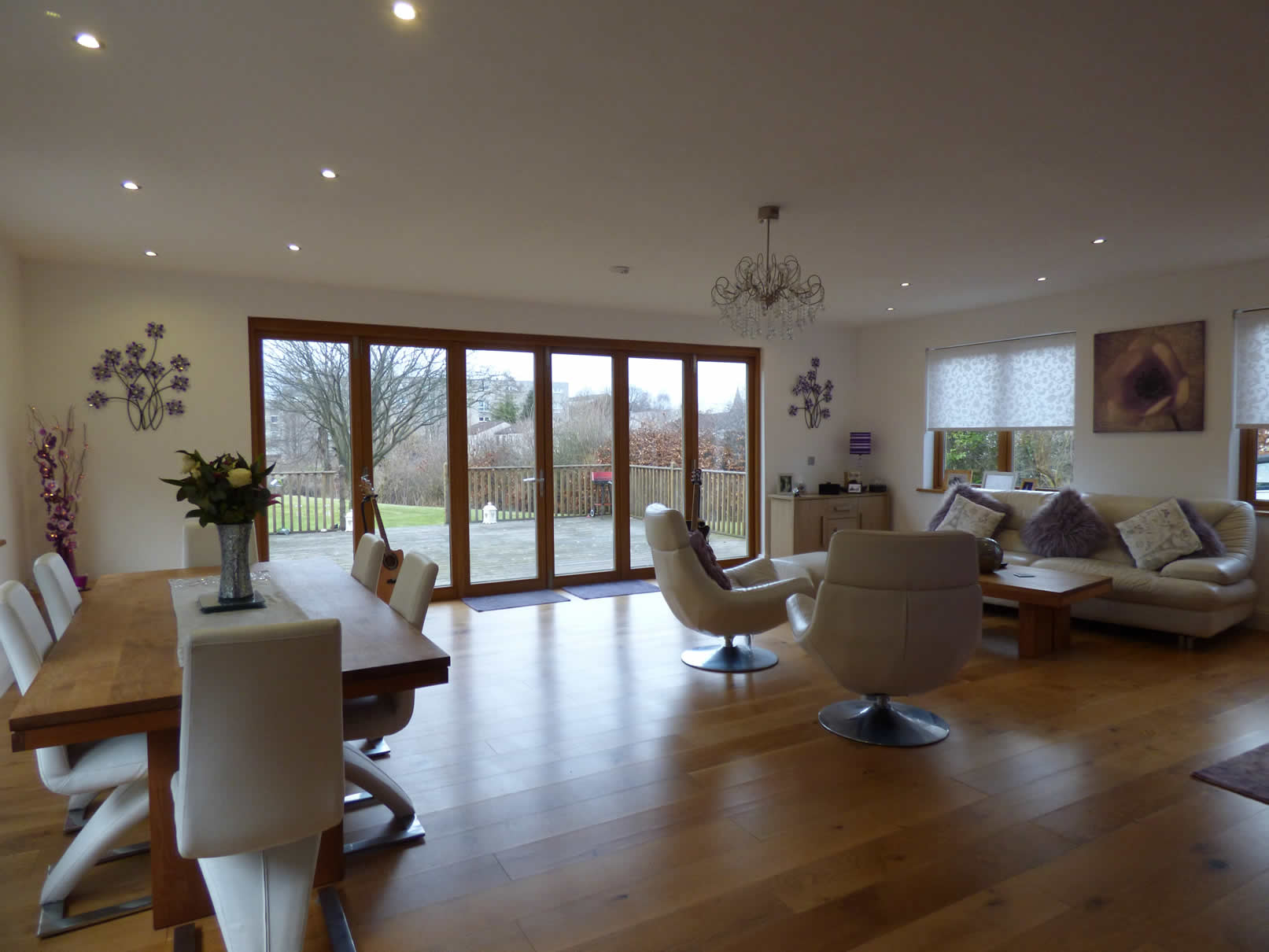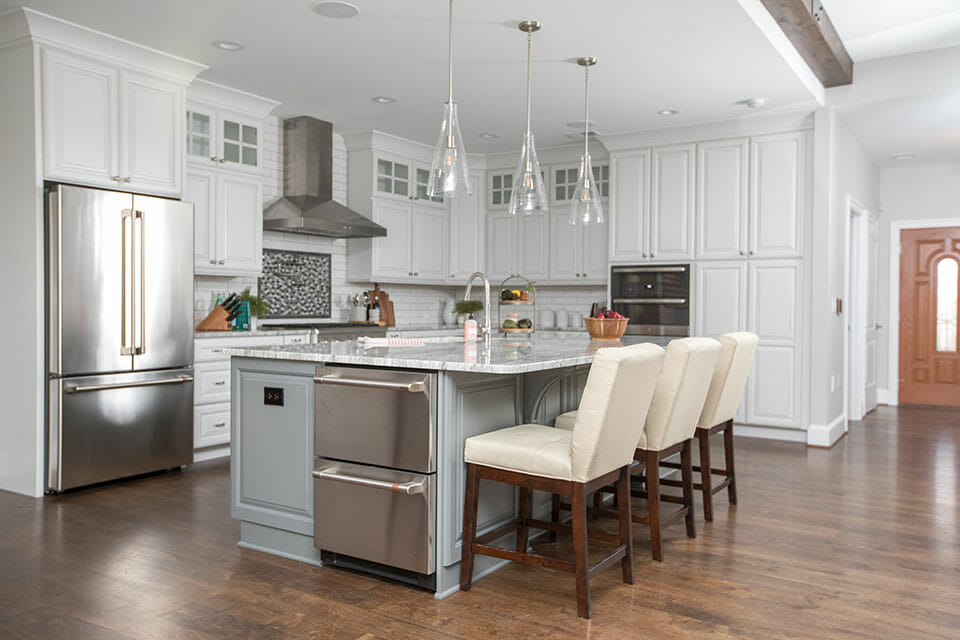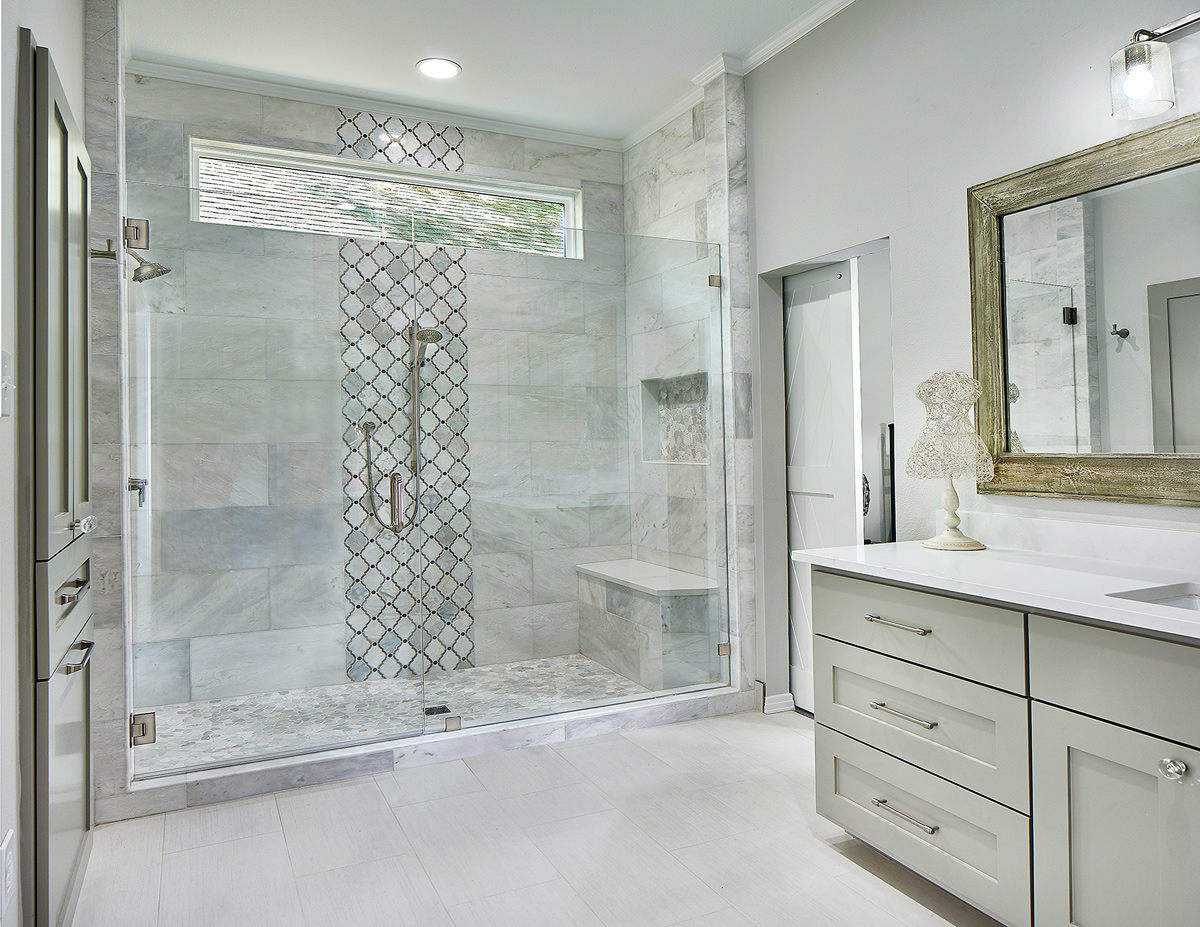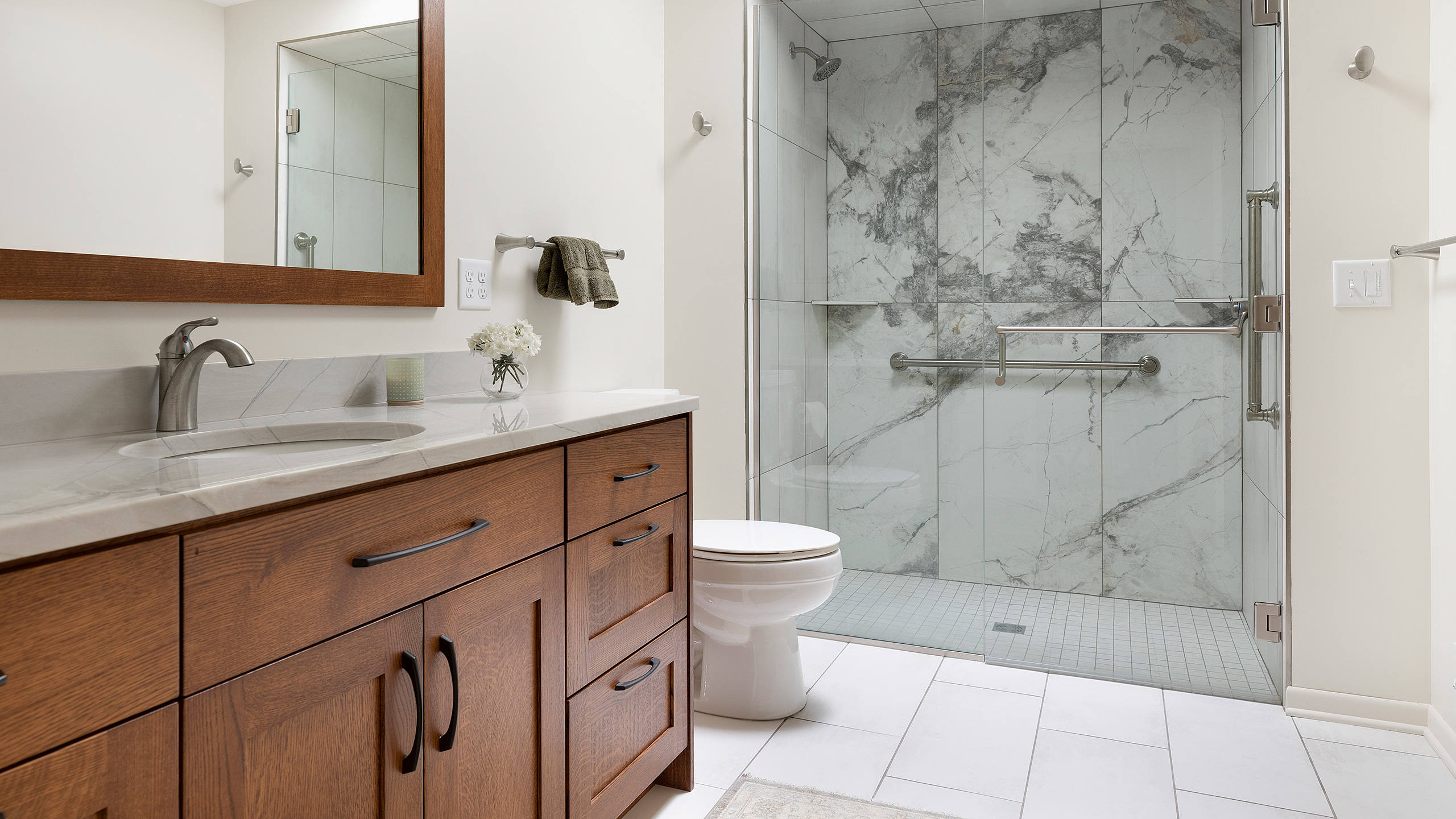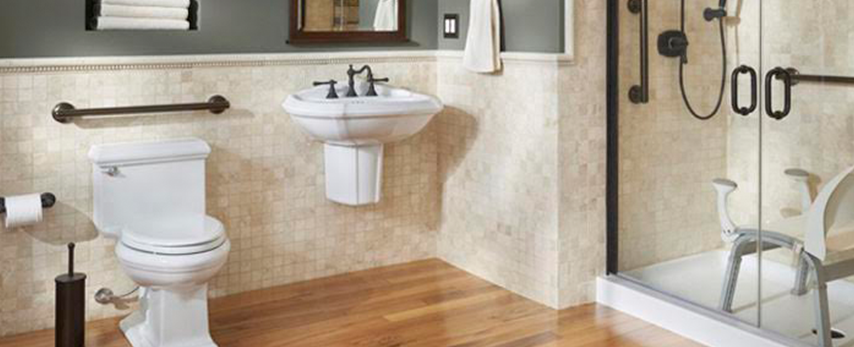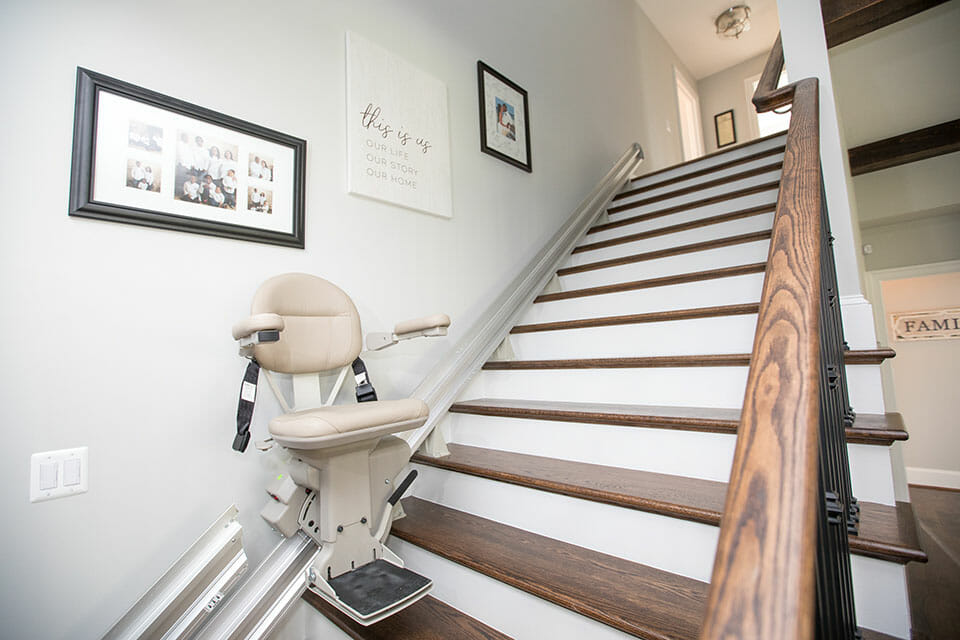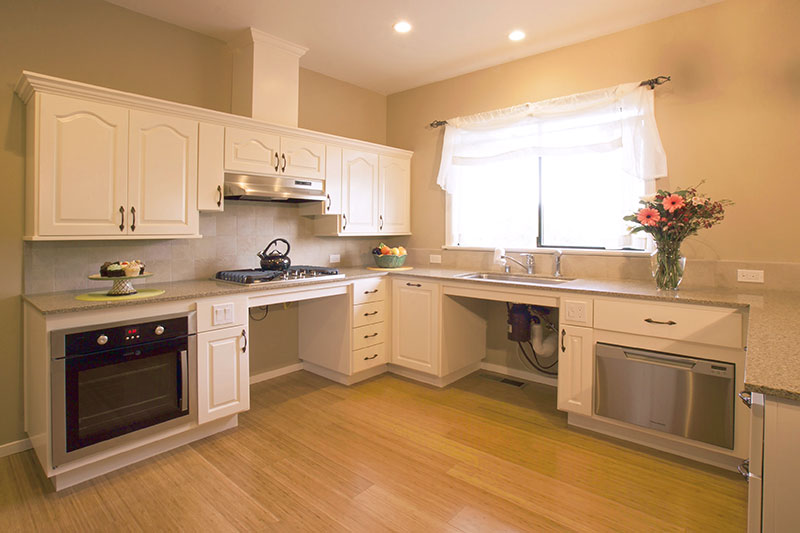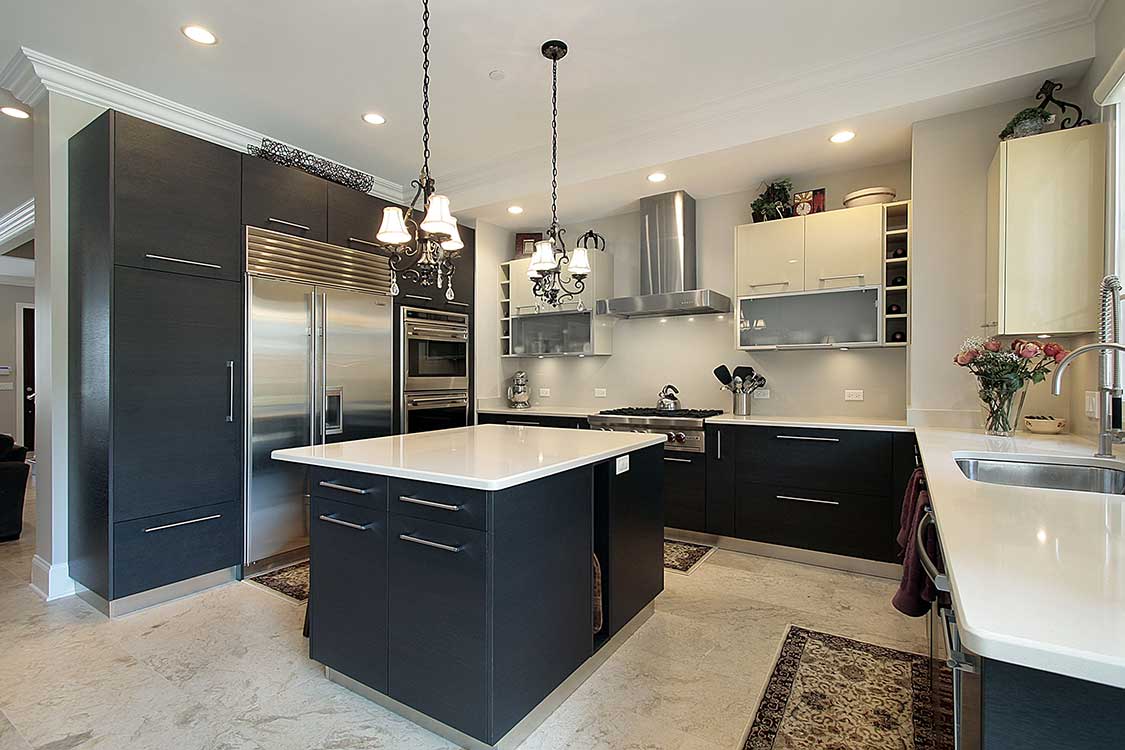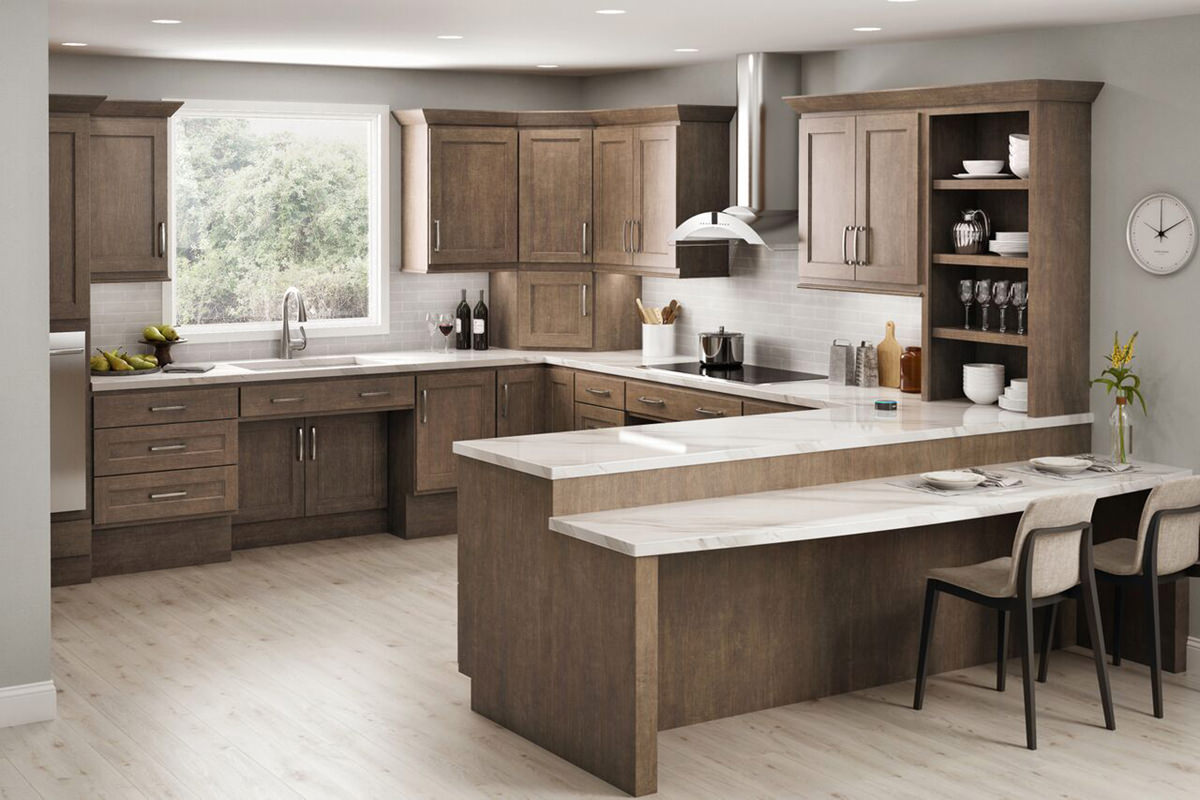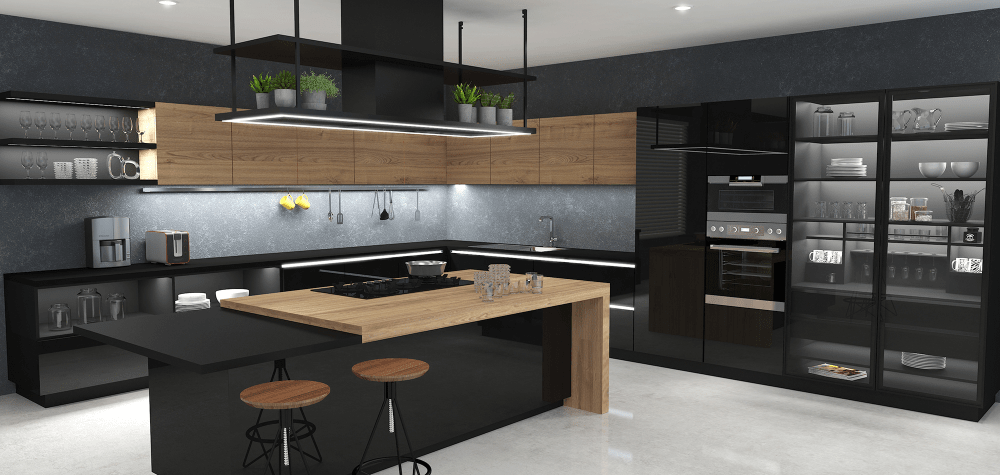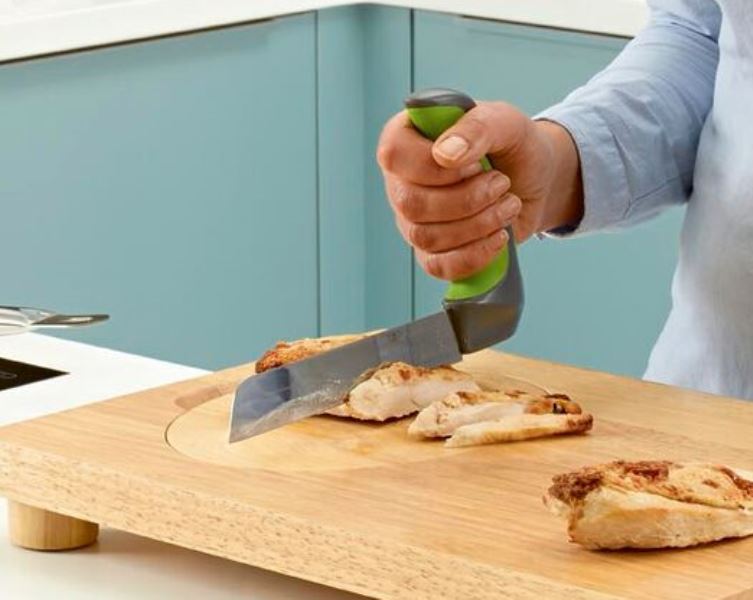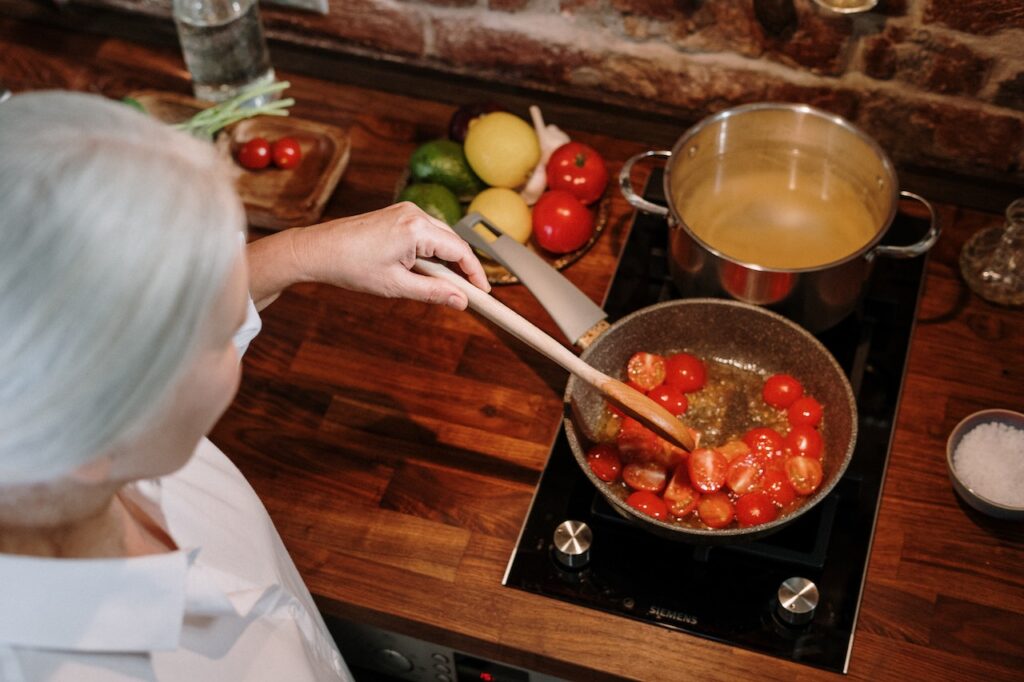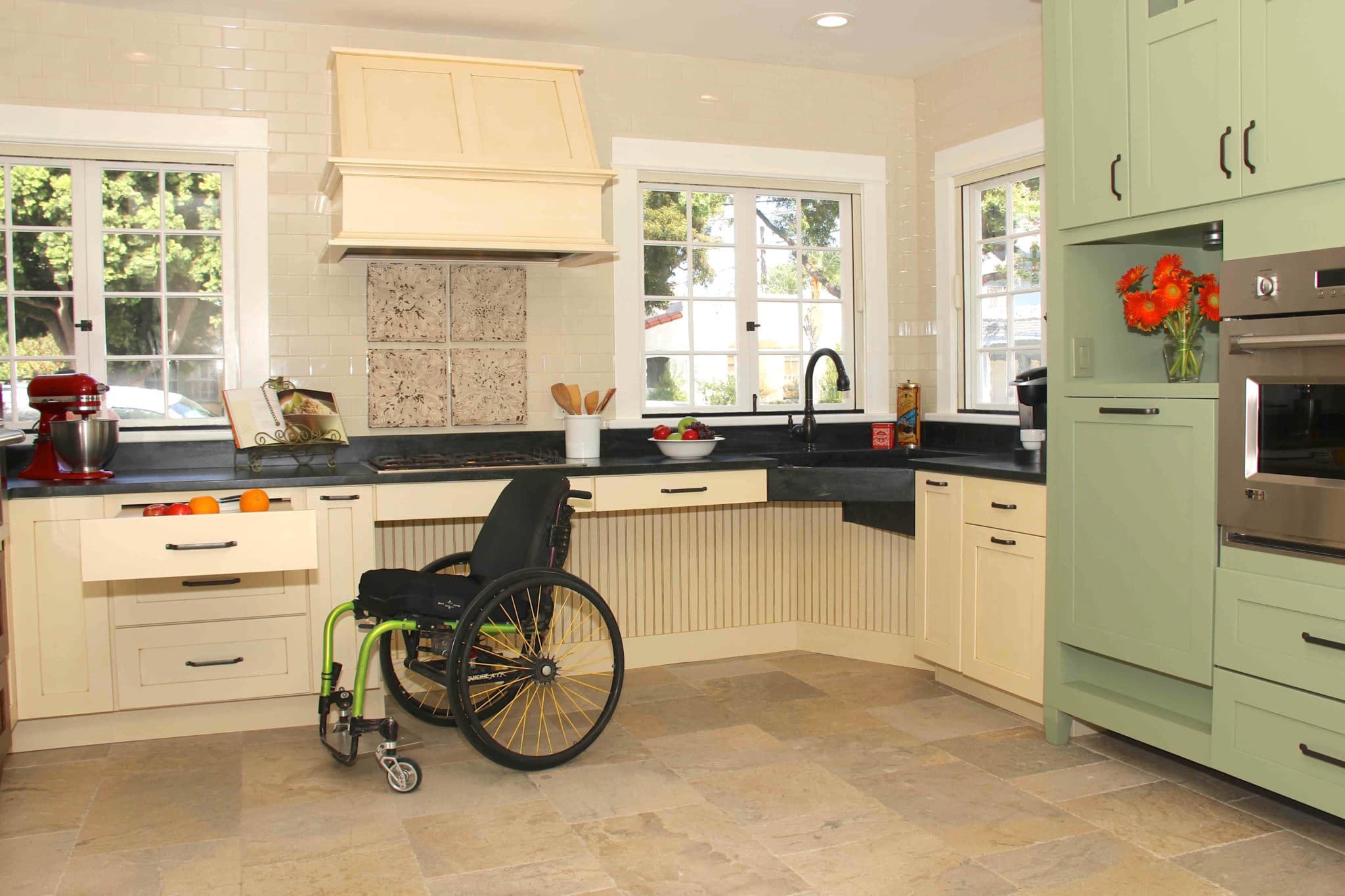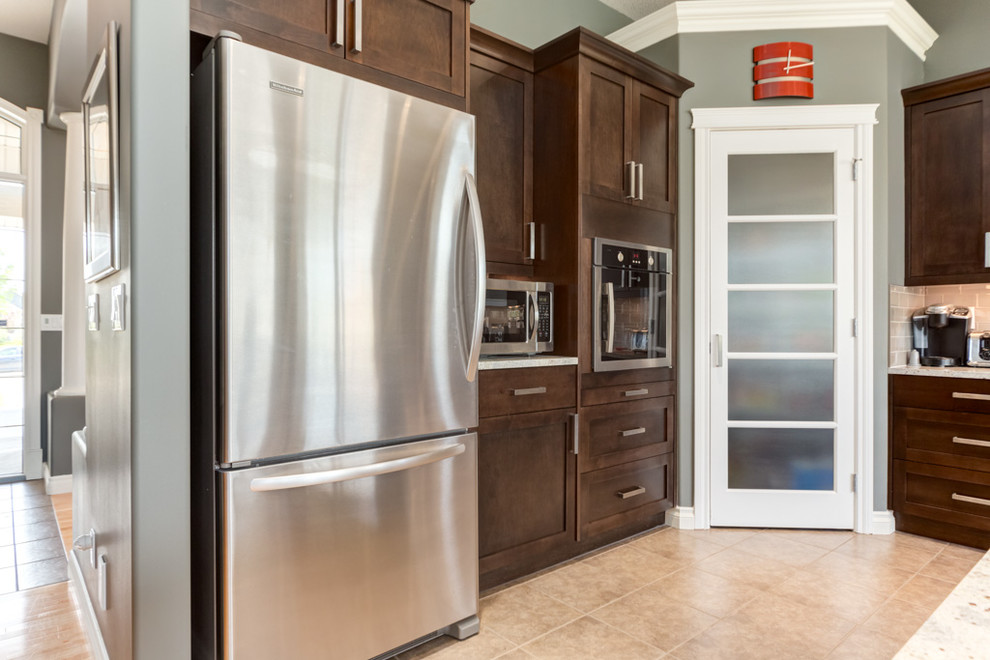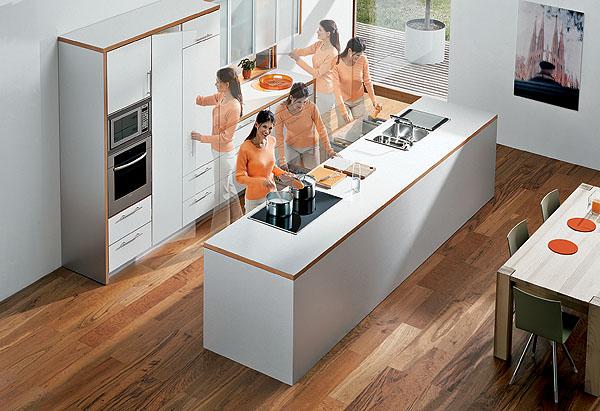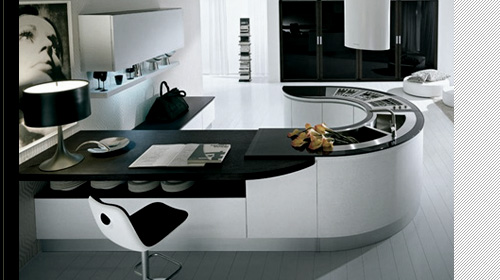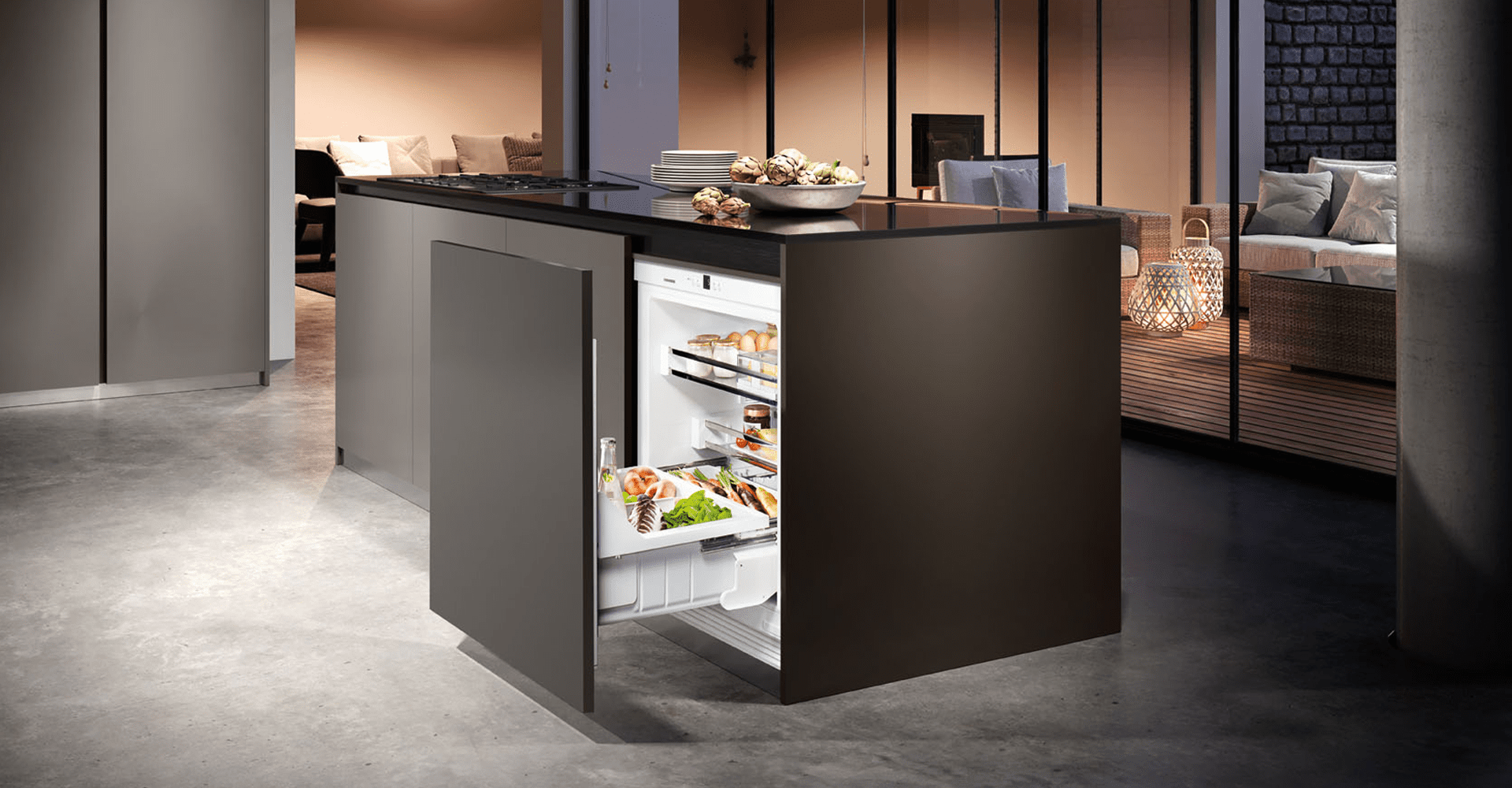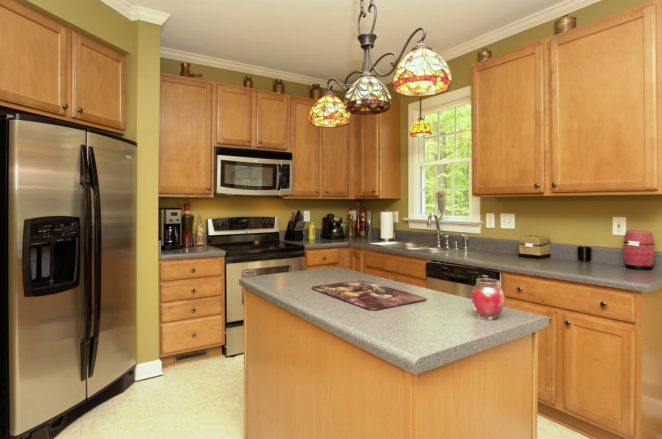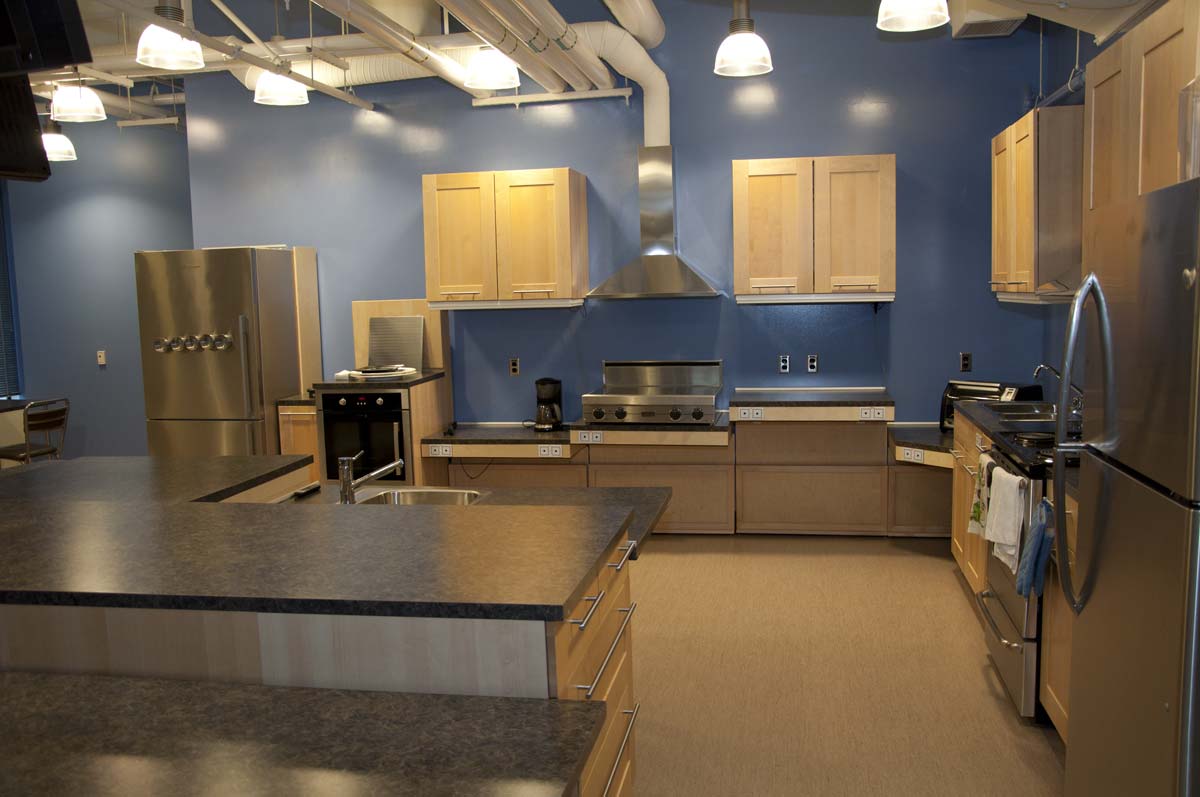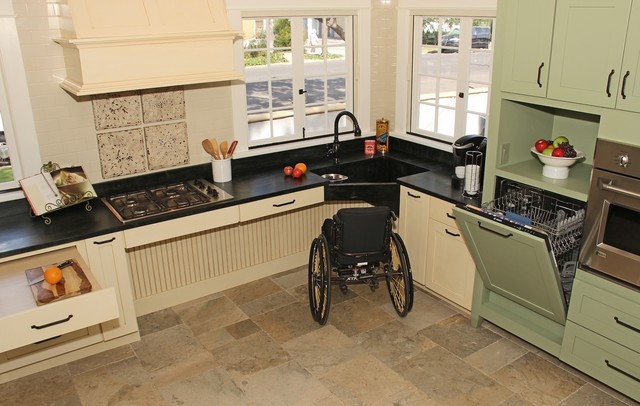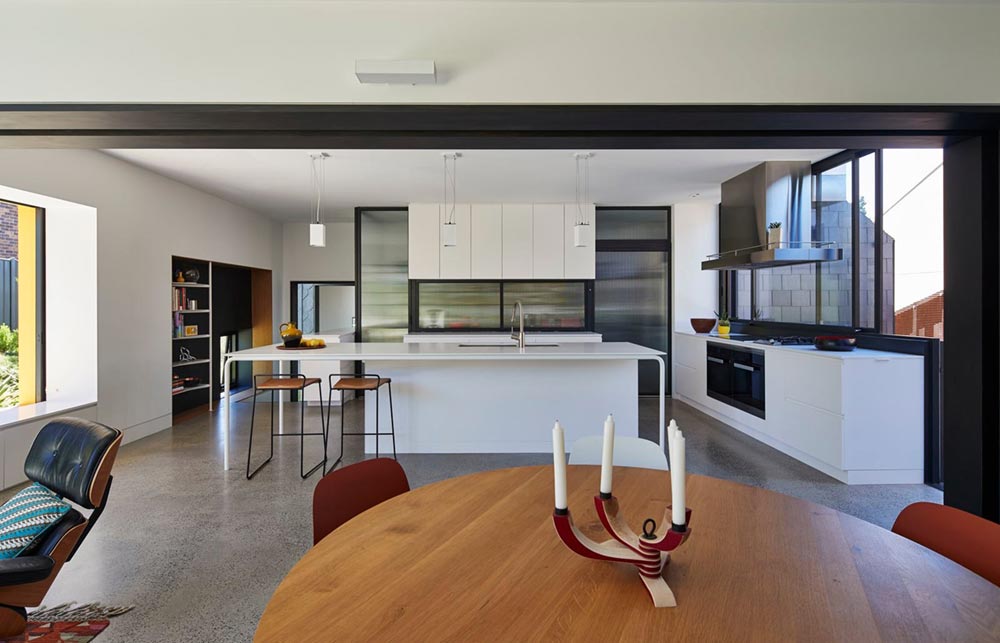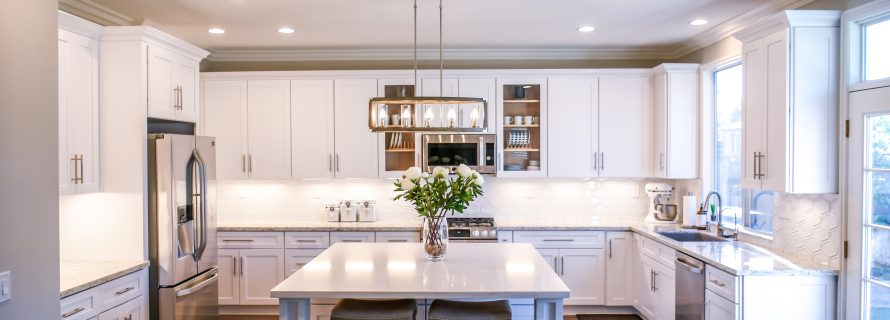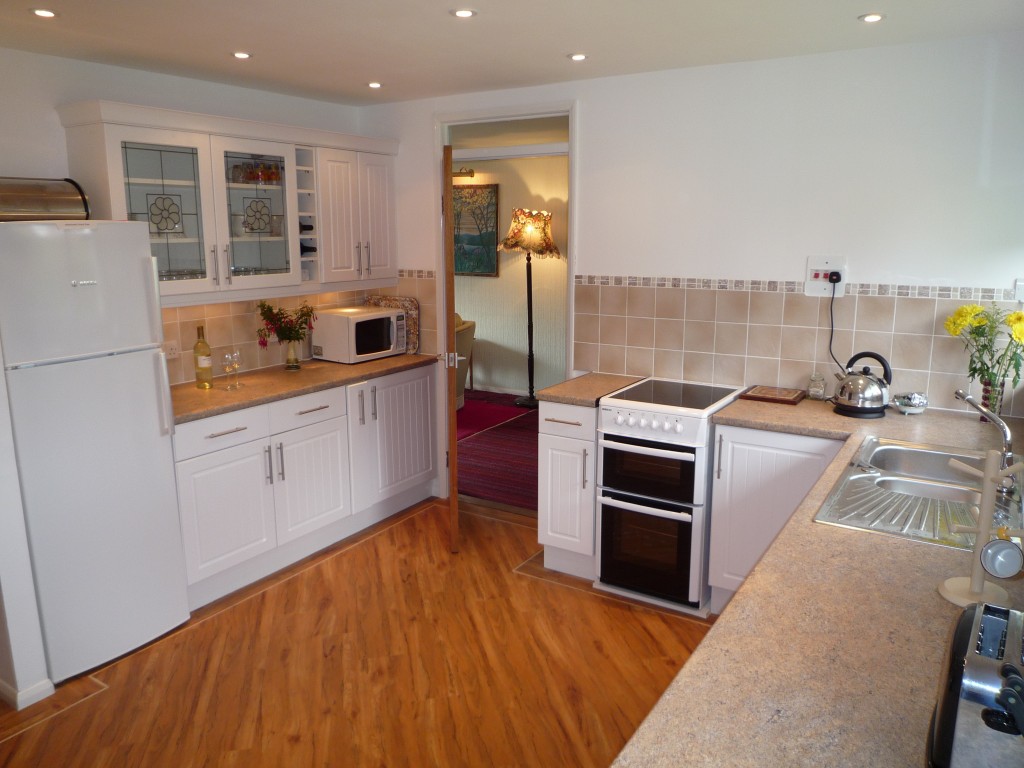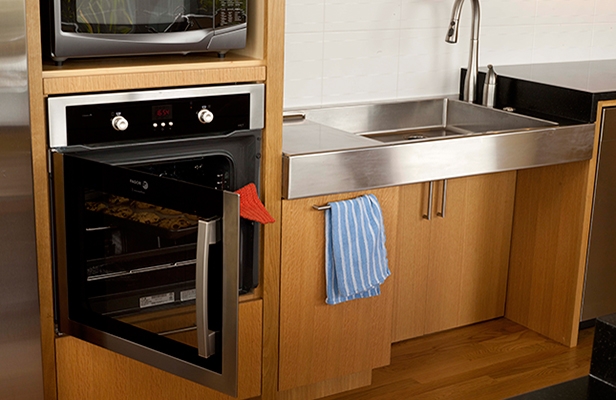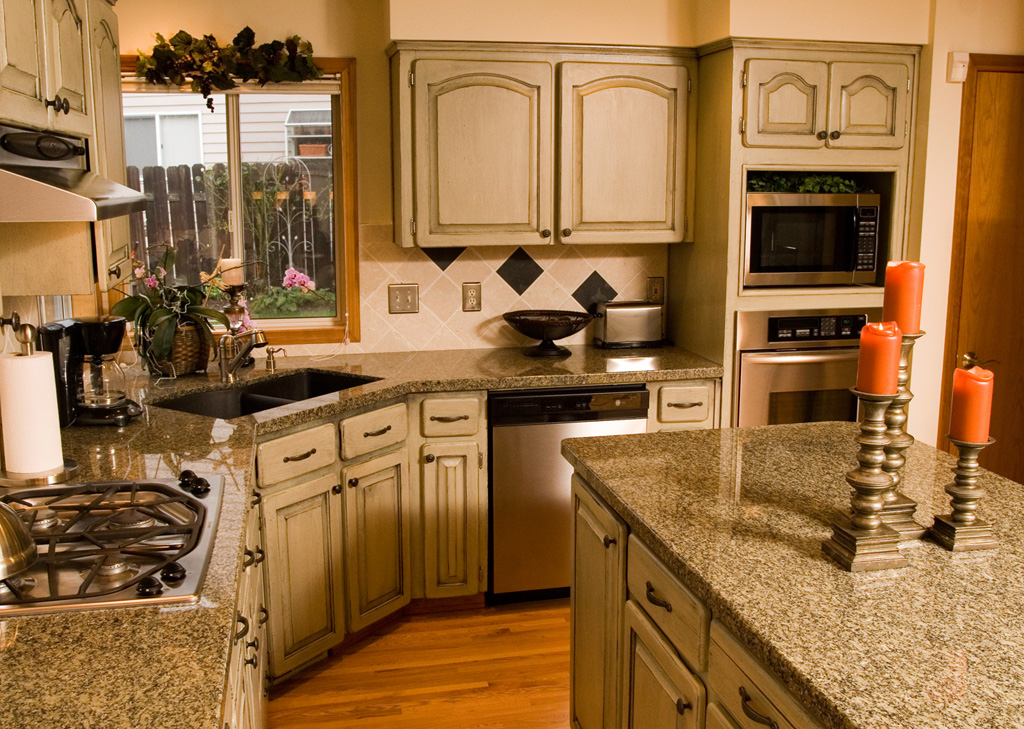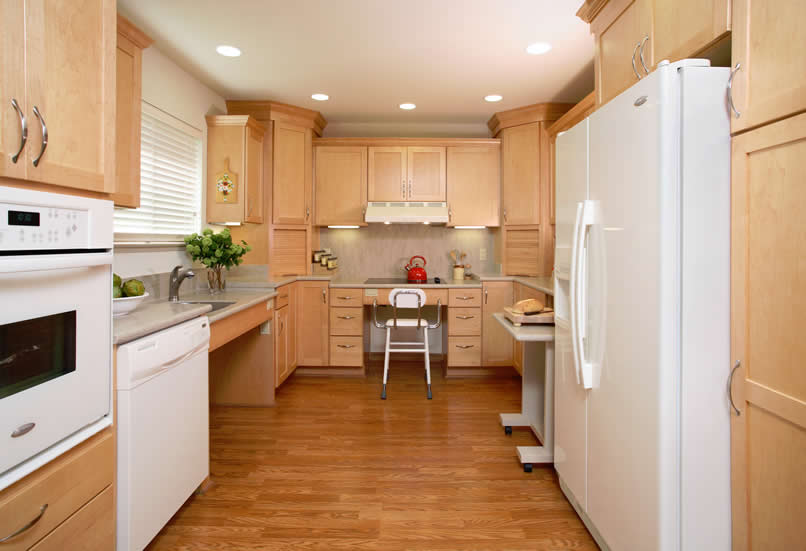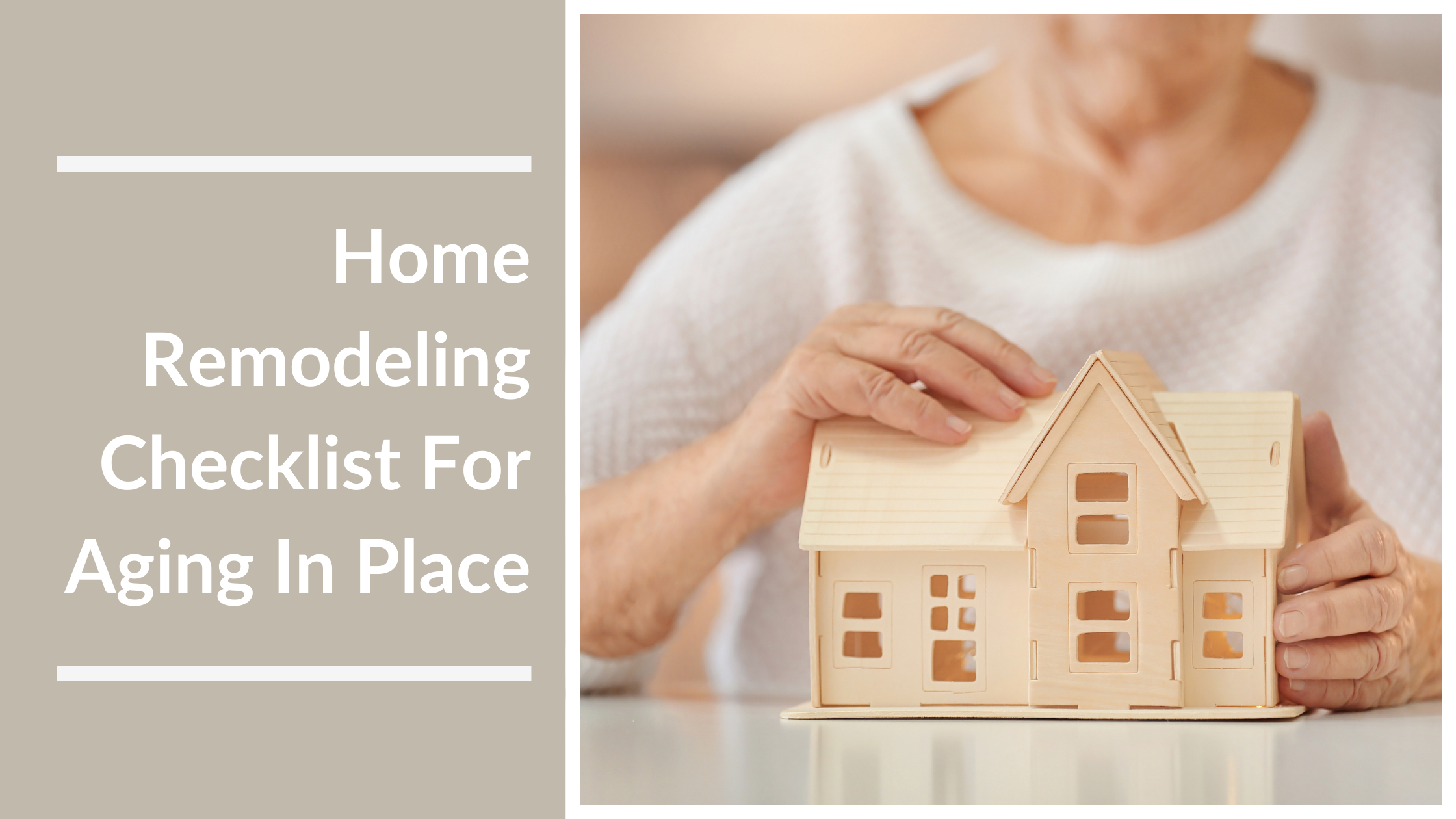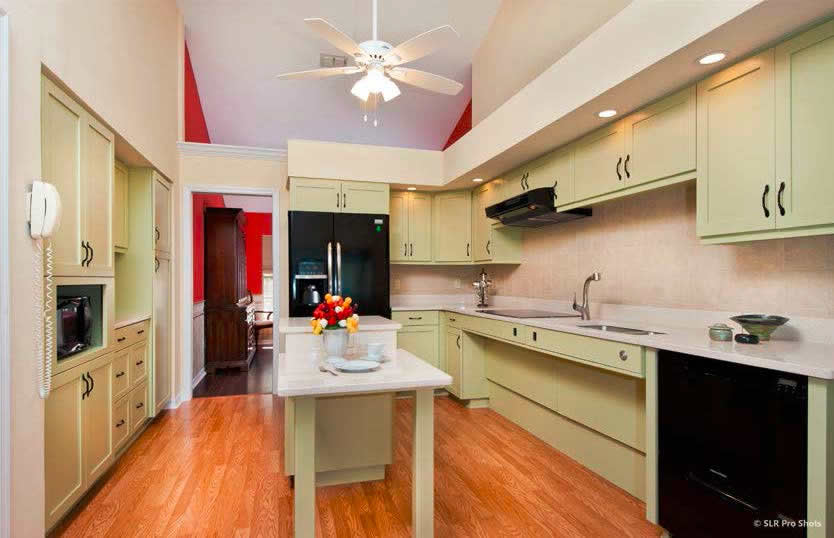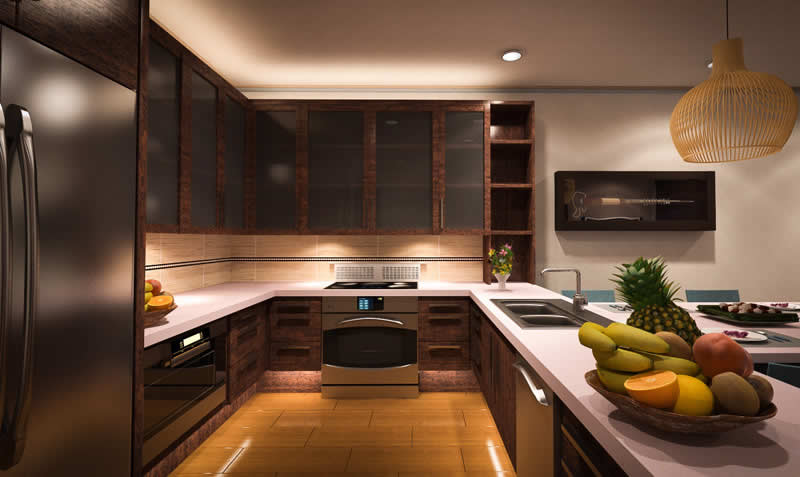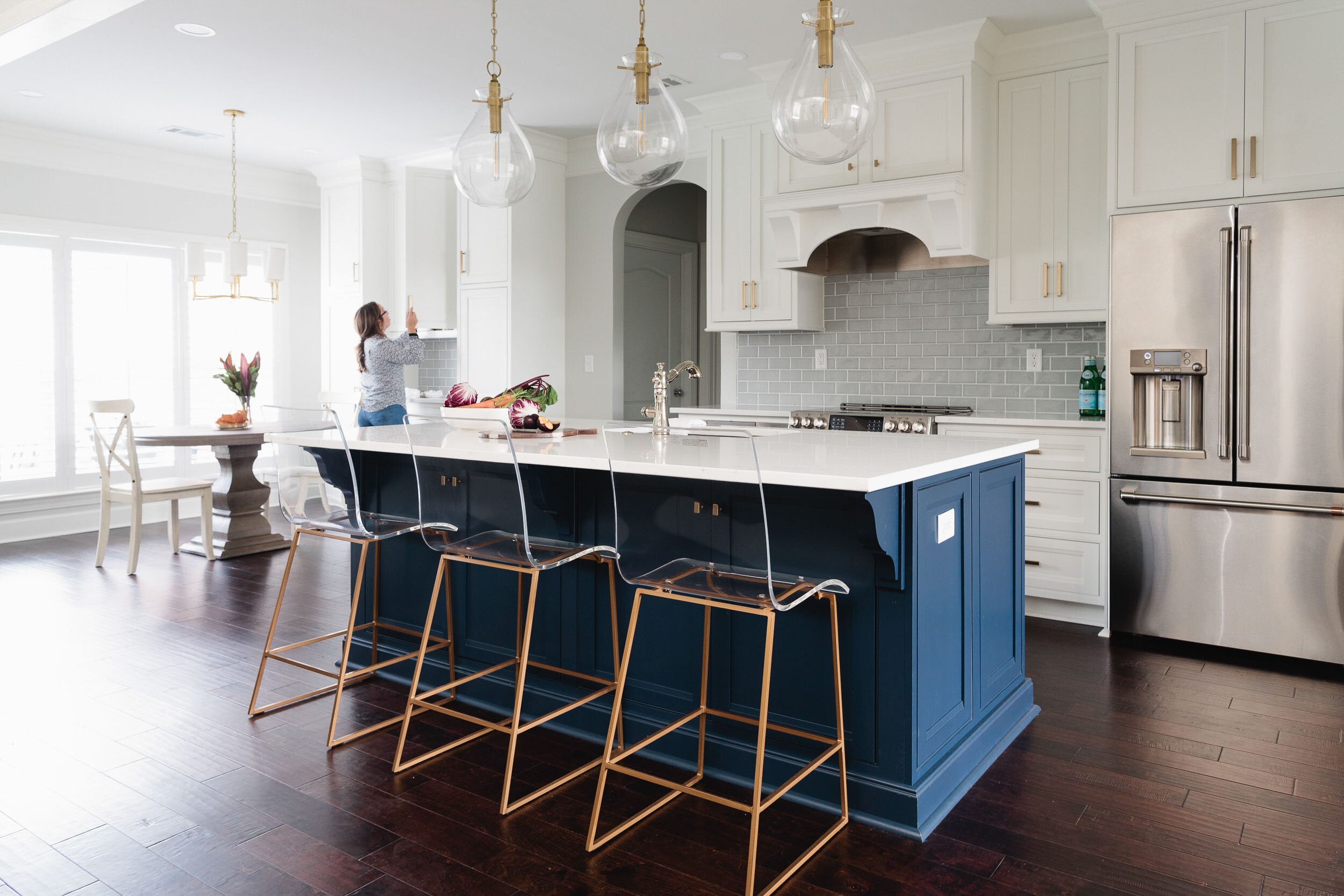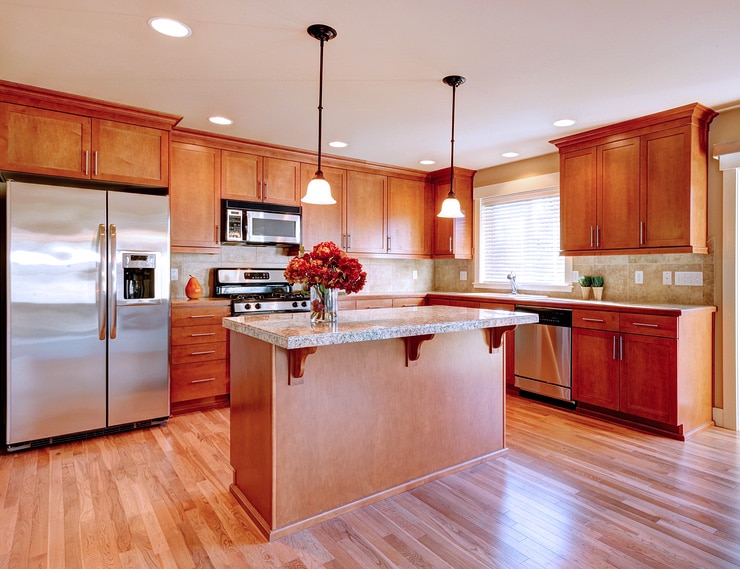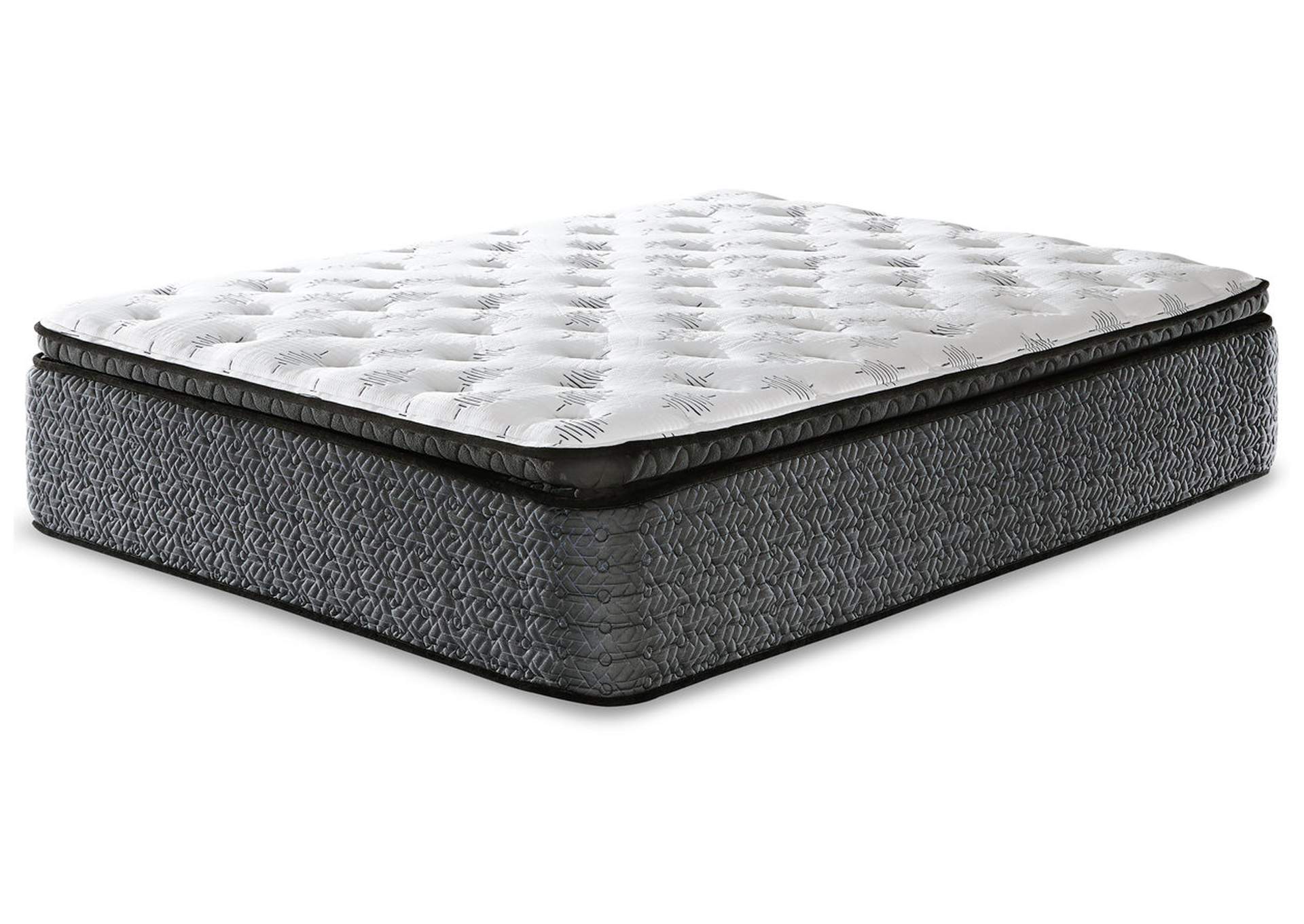Aging in place has become a popular trend among seniors who want to maintain their independence and stay in their own homes as they age. One key aspect of this is creating a universal design that is suitable for all ages and abilities. This is especially important in the kitchen, which is often considered the heart of the home. Universal design focuses on making spaces and products accessible to everyone, regardless of age, size, or ability. In the kitchen, this means creating a space that is functional, safe, and easy to use for people of all ages and abilities.Universal Design for Aging in Place
Accessibility is a crucial consideration when designing a kitchen for aging in place. This means creating a space that is easy to navigate and use for those with mobility issues. Some accessible design features to consider include:Accessible Kitchen Design
The layout of the kitchen is also an important consideration for aging in place. A senior-friendly kitchen layout should prioritize ease of use and accessibility. Some popular options include:Senior-Friendly Kitchen Layout
Incorporating adaptive features into the kitchen design is essential for aging in place. These are elements that can easily be adjusted or modified to accommodate the changing needs of seniors. Some examples include:Adaptive Kitchen Features
A barrier-free kitchen is one that is designed without any obstacles or barriers that could impede movement. This is especially important for those using mobility aids such as wheelchairs or walkers. Some barrier-free design features to consider include:Barrier-Free Kitchen Design
Ergonomics is the study of designing products and spaces that are suited to the people who use them. A ergonomic kitchen design takes into account the physical capabilities and limitations of seniors and creates a space that is comfortable and easy to use. Some key elements of an ergonomic kitchen design include:Ergonomic Kitchen Design
For those using wheelchairs, it's essential to create a wheelchair-accessible kitchen that is easy to navigate and use. This includes features such as:Wheelchair-Accessible Kitchen
As more families choose to live in multi-generational households, multi-generational kitchen design has become increasingly important. This involves creating a space that is suitable for people of all ages and abilities. Some features to consider include:Multi-Generational Kitchen Design
Safety is a top concern when it comes to designing a kitchen for aging in place. A safe kitchen design for seniors should eliminate potential hazards and make tasks easier to manage. Some safety features to consider include:Safe Kitchen Design for Seniors
For seniors who are already living in their homes, a age-in-place kitchen remodeling project may be necessary to make the space more suitable for their changing needs. This could involve making simple changes such as installing grab bars or more extensive renovations, such as creating a wheelchair-accessible layout. Consulting with a professional designer or contractor can help determine the best approach for your specific needs and budget. In conclusion, designing a kitchen for aging in place requires careful consideration of accessibility, safety, and functionality. Incorporating elements of universal design, accessibility, and adaptive features can create a space that is suitable for all ages and abilities. With the right design, seniors can continue to enjoy their independence and comfortably age in their own homes.Age-In-Place Kitchen Remodeling
Aging in Place: How to Design a Kitchen for Long-Term Comfort and Safety

The Importance of Aging in Place Design
 As we age, it's natural for our bodies to change and for our needs to evolve. This is why it's essential to consider
aging in place design
when designing or renovating your kitchen. Aging in place refers to the concept of creating a home environment that can accommodate our changing needs as we get older. This includes making adjustments to our homes to ensure safety, comfort, and accessibility for seniors. The kitchen, being one of the most frequently used and important rooms in the house, requires careful planning to make it suitable for aging in place.
As we age, it's natural for our bodies to change and for our needs to evolve. This is why it's essential to consider
aging in place design
when designing or renovating your kitchen. Aging in place refers to the concept of creating a home environment that can accommodate our changing needs as we get older. This includes making adjustments to our homes to ensure safety, comfort, and accessibility for seniors. The kitchen, being one of the most frequently used and important rooms in the house, requires careful planning to make it suitable for aging in place.
Key Elements to Consider
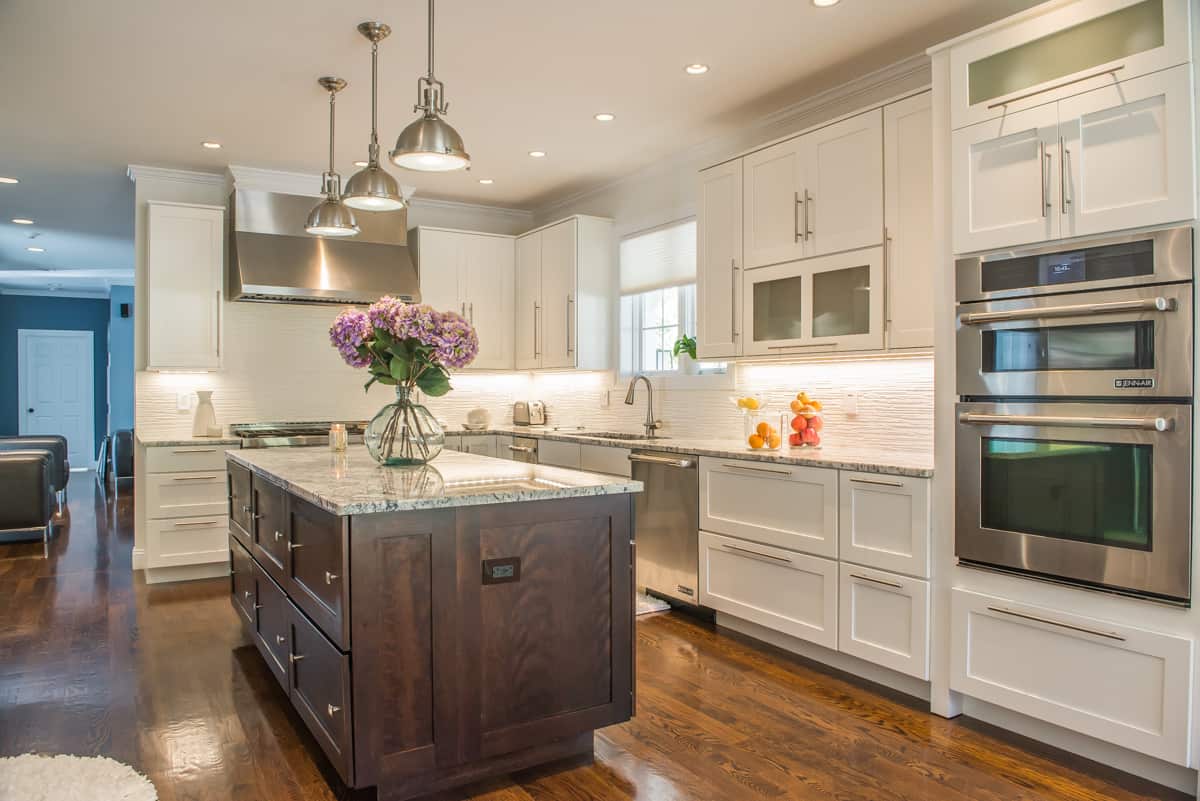 When designing a kitchen for aging in place, there are several key elements that you should keep in mind. These include
ergonomics
,
functionality
, and
accessibility
.
Ergonomics
is the study of how people interact with their environment, and in the case of kitchen design, it focuses on creating a space that is comfortable and efficient for senior users.
Functionality
, on the other hand, refers to the ease of use and practicality of the kitchen design. Lastly,
accessibility
involves making sure that the kitchen is easily accessible for individuals with limited mobility.
When designing a kitchen for aging in place, there are several key elements that you should keep in mind. These include
ergonomics
,
functionality
, and
accessibility
.
Ergonomics
is the study of how people interact with their environment, and in the case of kitchen design, it focuses on creating a space that is comfortable and efficient for senior users.
Functionality
, on the other hand, refers to the ease of use and practicality of the kitchen design. Lastly,
accessibility
involves making sure that the kitchen is easily accessible for individuals with limited mobility.
Incorporating Universal Design Principles
 One of the best ways to design a kitchen for aging in place is by incorporating
universal design principles
. This approach to design aims to create spaces that are usable by people of all ages and abilities. Some examples of universal design features for the kitchen include
lower countertops
and
adjustable cabinets
that can be easily accessed by individuals in wheelchairs or with limited mobility.
Non-slip flooring
and
bright lighting
are also important to prevent falls and make it easier to see while cooking.
One of the best ways to design a kitchen for aging in place is by incorporating
universal design principles
. This approach to design aims to create spaces that are usable by people of all ages and abilities. Some examples of universal design features for the kitchen include
lower countertops
and
adjustable cabinets
that can be easily accessed by individuals in wheelchairs or with limited mobility.
Non-slip flooring
and
bright lighting
are also important to prevent falls and make it easier to see while cooking.
Considerations for Appliances and Storage
 In addition to the layout and design of your kitchen, it's also crucial to consider the
appliances and storage
options that will best suit aging in place needs. For example, installing a
side-opening oven
can make it easier to access for individuals with limited mobility, while a
pull-out pantry
can be more convenient for reaching items without having to bend or stretch. It's also essential to choose appliances with
large and easy-to-read controls
and
built-in safety features
such as automatic shut-off.
In addition to the layout and design of your kitchen, it's also crucial to consider the
appliances and storage
options that will best suit aging in place needs. For example, installing a
side-opening oven
can make it easier to access for individuals with limited mobility, while a
pull-out pantry
can be more convenient for reaching items without having to bend or stretch. It's also essential to choose appliances with
large and easy-to-read controls
and
built-in safety features
such as automatic shut-off.
Conclusion
 Designing a kitchen for aging in place requires careful consideration and planning to ensure that it meets the needs of individuals as they age. By incorporating
ergonomics, functionality, and accessibility
into the design and incorporating universal design principles, you can create a kitchen that is safe, comfortable, and enjoyable for seniors to use. Remember to also consider appliances and storage options that are user-friendly and accessible. With the right design and features, you can create a kitchen that will allow you to age in place with ease and comfort.
Designing a kitchen for aging in place requires careful consideration and planning to ensure that it meets the needs of individuals as they age. By incorporating
ergonomics, functionality, and accessibility
into the design and incorporating universal design principles, you can create a kitchen that is safe, comfortable, and enjoyable for seniors to use. Remember to also consider appliances and storage options that are user-friendly and accessible. With the right design and features, you can create a kitchen that will allow you to age in place with ease and comfort.



